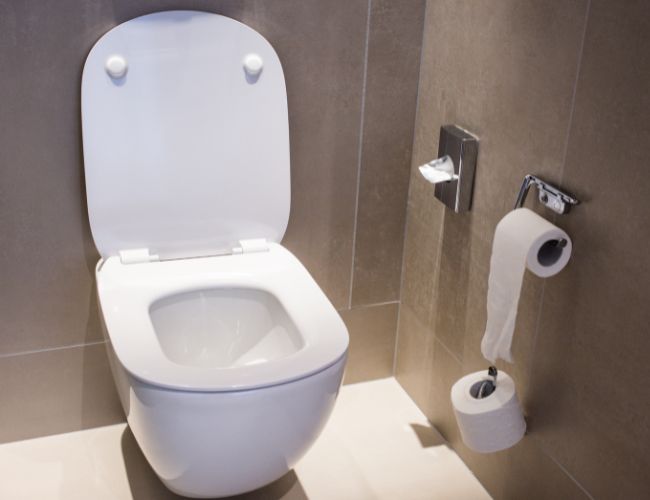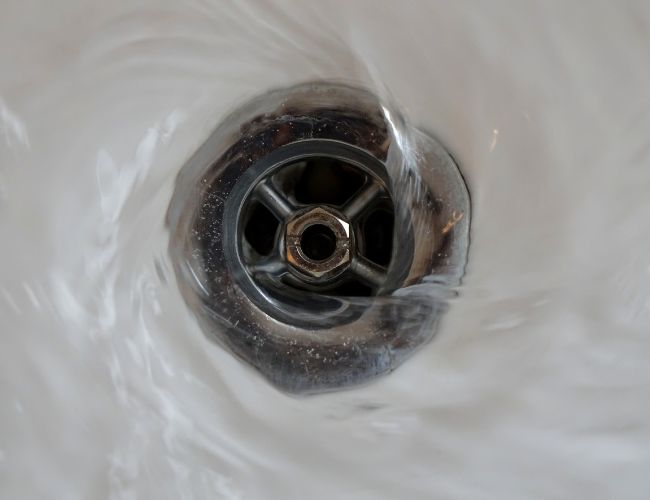4 Common Signs of a Faulty Soil and Waste Pipe System

A fully functional soil and waste system is essential for the drainage and cleanliness of any home or commercial property. Waste pipes transport wastewater from home appliances into a soil pipe, which historically was usually located on the side of a building, though with many modern builds, they are now internal. The soil pipe then carries it into the underground drainage system. If one or more elements of this system are left malfunctioning for too long, it can lead to not only health and hygiene concerns, but also great financial issues. In this guide, we outline the most common signs that can indicate soil and waste pipe problems, what they indicate, as well as how to fix them.
1. Frequent Bad Odours
If you frequently smell bad odours in your home, particularly when standing near appliances like kitchen sinks and washing machines, it could indicate a couple of things:
- There are one or more leaks in your waste pipe system that are allowing foul gasses to escape into the room.
- There is a blockage in the waste pipes where waste has been allowed to stagnate and produce foul smells.
These issues can lead to poor hygiene within the affected space by allowing harmful gasses like methane into the air. A blocked waste pipe specifically can lead to leaks as the pipe becomes damaged from being backed up. To fix these issues:
- Ensure that any taps are turned off, locate the source of the leak and ensure the area is dry.
- Repair the leaking section of the pipe with a patching material such as epoxy putty, plumber tape or pipe repair bandages.
- If the leaking section of the pipe is too damaged, then it should be replaced, which can be a DIY process, or you can hire a professional plumber if you'd prefer.
- Once the repairs have been made, test the pipe again by turning the water supply back on and running water through it.
2. Gurgling Noises Coming From Drains
Loud gurgling noises coming from drains as water finishes running down them could be a sign of either of the following:
- Air is trapped in the soil and waste system, potentially caused by a blockage.
- Negative pressure in the soil vent pipe located on the outside of the property.
If air is trapped in the system, it can lead to the siphoning of water from waste traps, removing the water barrier that stops smells and potentially harmful gasses from entering the building.
- To clear trapped air, follow the same steps listed above for clearing out a standard waste pipe blockage.
- You should also inspect the opening of the soil vent pipe outside and clear any obstructions on it such as birds nests or other debris. Take appropriate caution when doing this at a height.
 3. Toilet Blockages or Overflowing
3. Toilet Blockages or Overflowing
A toilet being blocked and potentially overflowing is an unpleasant issue to deal with on its own, but it could be an indication of larger issues such as:
- A blockage in the soil pipe that runs vertically down the side of your property.
- A pipe in the underground drainage system has either cracked or collapsed.
If leaks are occurring in the bathroom due to this, or a broken underground pipe is allowing water to leak underground, this can lead to structural damage if the issue is not remedied. Fixes for this issue include:
- In some cases, a blockage in a soil pipe can be cleared by using a drain rod to break up the solid waste.
- If this doesn't work, it's worth conducting a CCTV drain survey to inspect the pipe and check for damaged underground pipes.
- Broken or collapsed pipes underground will need to be replaced, and we advise that you contact a professional for this process.
 4. Sinks and Showers Are Slow to Drain Water
4. Sinks and Showers Are Slow to Drain Water
If sinks or showers within your property are slow at draining away water, it is likely caused by a slight blockage in the waste pipe. This blockage can be due to substances such as hair or grease. Whilst not a serious issue on its own, if it is left as is for an extended period of time, the risk of the waste pipe being damaged increases, which could lead to a costly repair. There are a few methods for clearing blocked drains that you can try without professional help:
- A common DIY method of clearing a blocked drain is to pour a cup of baking soda and a cup of white vinegar down the drain. These two substances create a chemical reaction that loosens grease and other substances that are stuck to the inside of the pipe or trap.
- A drain snake can be inserted down the drain without disassembling the waste pipe system, and is used to grab onto debris such as hairs, which can then be pulled out via the drain.
- A plunger is a common household tool that can be used to clear block drains as well by filling the appliance, such as a sink or basin, with hot water. Then place the plunger over the drain and pump it up and down. This process can help dislodge any debris that is stuck on the inside of the pipe.
These are the most common signs of a faulty soil and waste system and they can occur in both residential and commercial buildings. If you have any questions about soil and waste pipe systems, please feel free to get in contact with our team of experts.

